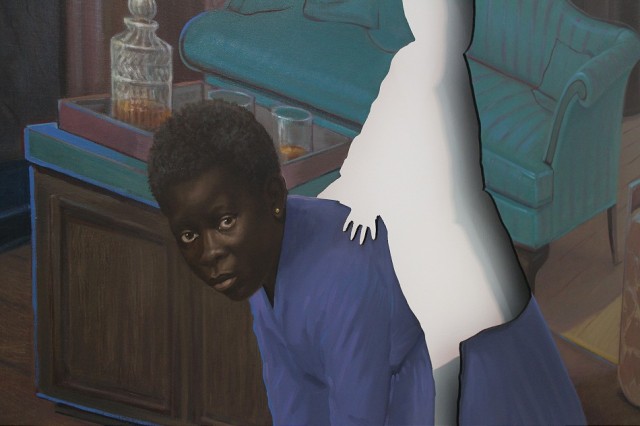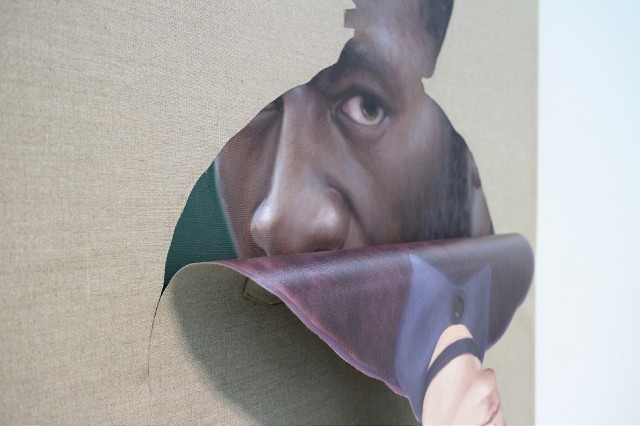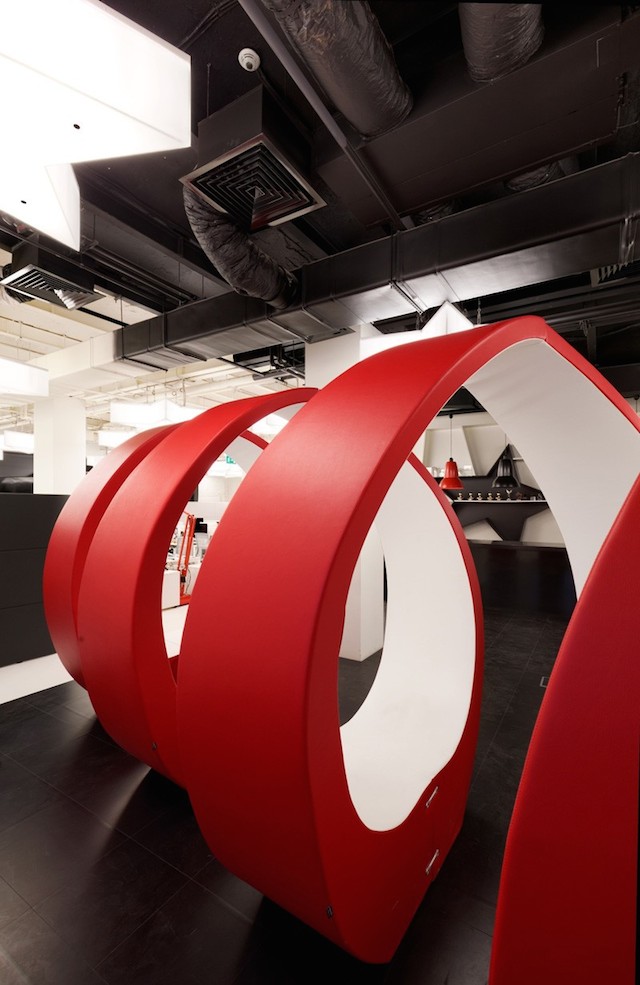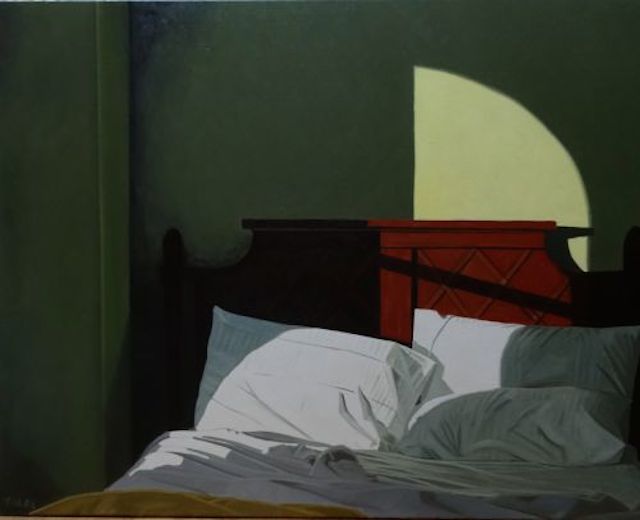Go to any sporting event or concert and look around you. You’ll see dozens, if not hundreds, of fellow spectators staring at their smartphones. They’re holding their devices up to take videos or photos, or holding their devices down to text or tweet. These people are not living in the moment, experiencing the event that they paid to see; rather, they’re focused on the same devices that they look at in any other place, at any other time.
In light of this, Snapchat is, in a way, rather refreshing. Sure, it’s still device-dependent, but the fleeting nature of Snapchat posts echoes the blink-and-you’ll-miss-it aspect of real life. Snapchat users — most of them young digital natives — are conditioned to take in what they can, knowing that it will be gone tomorrow. In a way, it’s an experiential platform that encourages users to pay attention now so they’ll remember something later. And that’s why I did not greet the news last month that Snapchat would charge advertisers a reported $750,000 for one day’s worth of (disappearing) ads with nearly as much skepticism or incredulity as any of my peers in the advertising world.
The very nature of ads on Snapchat is that they will behave just like regular posts on the platform. They will disappear, yes, but they will only disappear once they have been seen. That users can’t return to the ad later sends the same in-the-moment imperative to them that their friends’ posts do: Look at this now, or never see it again. The disappearance doesn’t matter once the impression has happened.
Continue reading at AdAge.com






































































